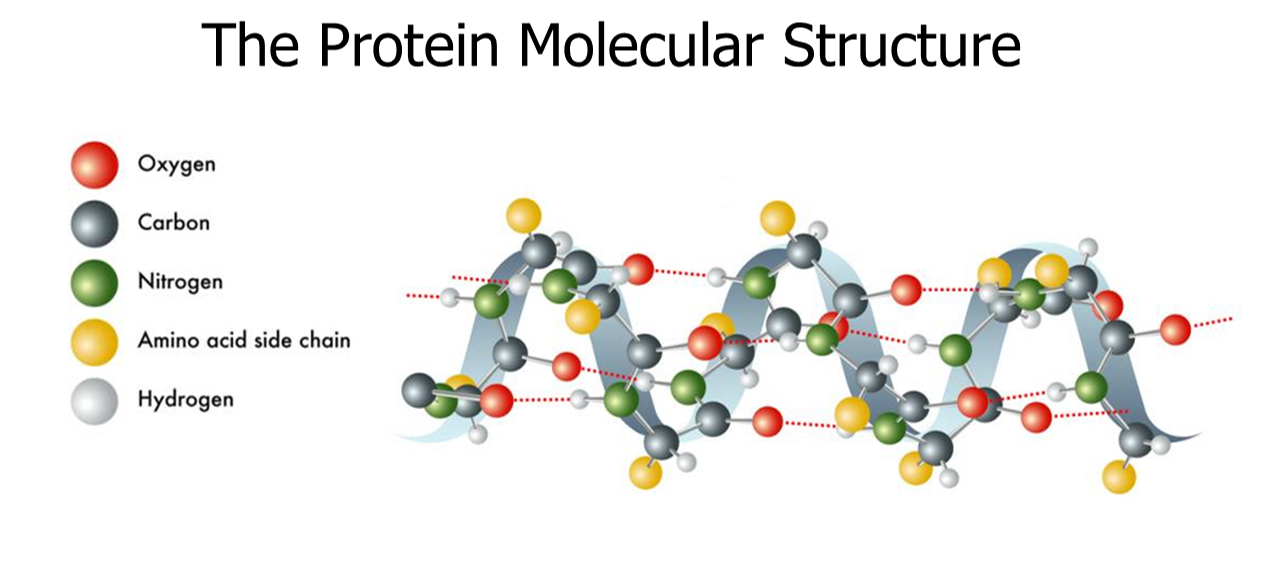
The most important requirements of animals are the supply of Energy and Protein. Protein is broken down and absorbed in the digestive tract of the animal in a simpler form, amino acids. The amino acids are the building blocks of specific proteins and the DNA of a cell determines the ratio and quantities of amino acids that are needed to build each specific body protein. Before a protein can be built by a cell, the correct quantities and ratios of amino acids must be available to that cell to build the protein. If one of the amino acids needed is not available, the protein will not be produced, and the remaining amino acids will be broken down and used as energy.
Crude Proteins
True protein refers to substances that as chemically pure such as amino acids but do not include non-protein nitrogen compounds such as urea, ammonia and nitrates. The total or crude protein content of feeds is a useful indication of their nutritional value, especially as the protein in nitrogenous feeds such as oilcake meals, fish-meal, milk powders, legumes and cereals are more readily available to the animal than the lower digestibility generally obtained in proteins from fibrous roughages, often encased in lignin.
Amino Acids
All peptides and polypeptides are polymers of alpha-amino acids. There are 20 alpha-amino acids that are relevant to the makeup of mammalian proteins. Several other amino acids are found in the body free or in combined states. These non-proteins associated amino acids perform specialized functions. Several of the amino acids found in proteins also serve functions distinct from the formation of peptides and proteins for example tyrosine is important in the formation of thyroid hormones and glutamate acts as a neurotransmitter. The alpha-amino acids in peptides and proteins (excluding proline) consist of a carboxylic acid (-COOH) and an amino (-NH2) functional group attached at the same tetrahedral carbon atom. This carbon atom is the alpha-carbon atom. Therefore, the twenty amino acids are called the alpha-amino acids (It is not necessary to know the structures of the amino acids.) The important aspect that must be known is that there are amino acids and that these amino acids are roughly classified into essential and non-essential amino acids.
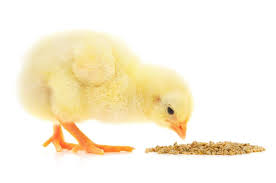
Although there are more than 20 amino acids the important ones in the rations of animals are the ones needed to build the different proteins in the body or body structure, as well as the functions that build protein out of these amino acids.
Essential Amino Acids
These are the amino acids that mono-gastric animals need in their ration to satisfy the amino acid requirements of their diet. It is important that these amino acids be included in the correct ratios to make sure that the amino acid “building blocks” are available to build certain proteins. For instance; if a wool fibre is manufactured by the cell it needs the sulphur-containing amino acid methionine as a building block. So, if the diet of the animal does not supply the amino acid then wool protein cannot be formed. The essential amino acids play an important role in the synthesis of several proteins and are needed in the correct quantities in the rations of mono-gastric animals. However, although the ruminant has the same amino acid requirements, the way the ration of a ruminant is digested is different. The ruminant does not only make use of his or her own enzymes for digestion but also uses microbial digestion. The microbes in the rumen can synthesize certain amino acids out of non-protein nitrogen sources. This enables the animal (ruminant) to be less dependent on external essential amino acids in their diet. The essential amino acids are:
|
Valine |
Methionine |
|
Leucine |
Arginine |
|
Isoleucine |
Lysine |
|
Threonine |
Histidine |
|
Phenylalanine |
Tryptophan |
There are also two amino acids that some people consider as also essential or that may be essential for some animals and these are:
- Cysteine
- Tyrosine
Non-Essential Amino Acids
The other eight alpha-amino acids are:

These alpha-amino acids are also important building blocks of proteins, but the body can modify the structure of the essential amino acids to form the non-essential amino acids. The feeds of pigs, poultry and other mono-gastric animals are supplemented with the necessary amino acids when an imbalance or shortage is found in a mixed feed. Pure amino acids are expensive so the person compiling a ration will make use of natural protein-rich feed sources and supplements for the initial balancing and will only supplement the pure amino acids in small quantities where it can play a big role. This is done merely to make the feed as inexpensive as possible (This is called the “least cost” feed formulation). The amino acids that are supplemented will be in small amounts and are mixed with the minerals and vitamins that are also in small amounts. Do you remember how to mix small amounts of feed ingredients into large amounts of mixed feed?
Protein Concentrates
There are a lot of feeds that are considered “protein-rich”. However, they differ in quality. As a rule, you can consider any protein feed of animal origins such as fishmeal, carcass meal and blood meal as protein supplements with a high-quality protein. The presence of essential amino acids in them is good. Dry milk powder is also a protein supplement with good quality protein.
Protein supplements of animal origin are more expensive and also less abundant. There are also very good protein supplements available of plant origin. In the processing of certain grains and plant seeds for oil, a by-product is produced that is a good protein supplement. These plant protein sources are mostly cheaper and more available than animal protein supplements. Examples include:
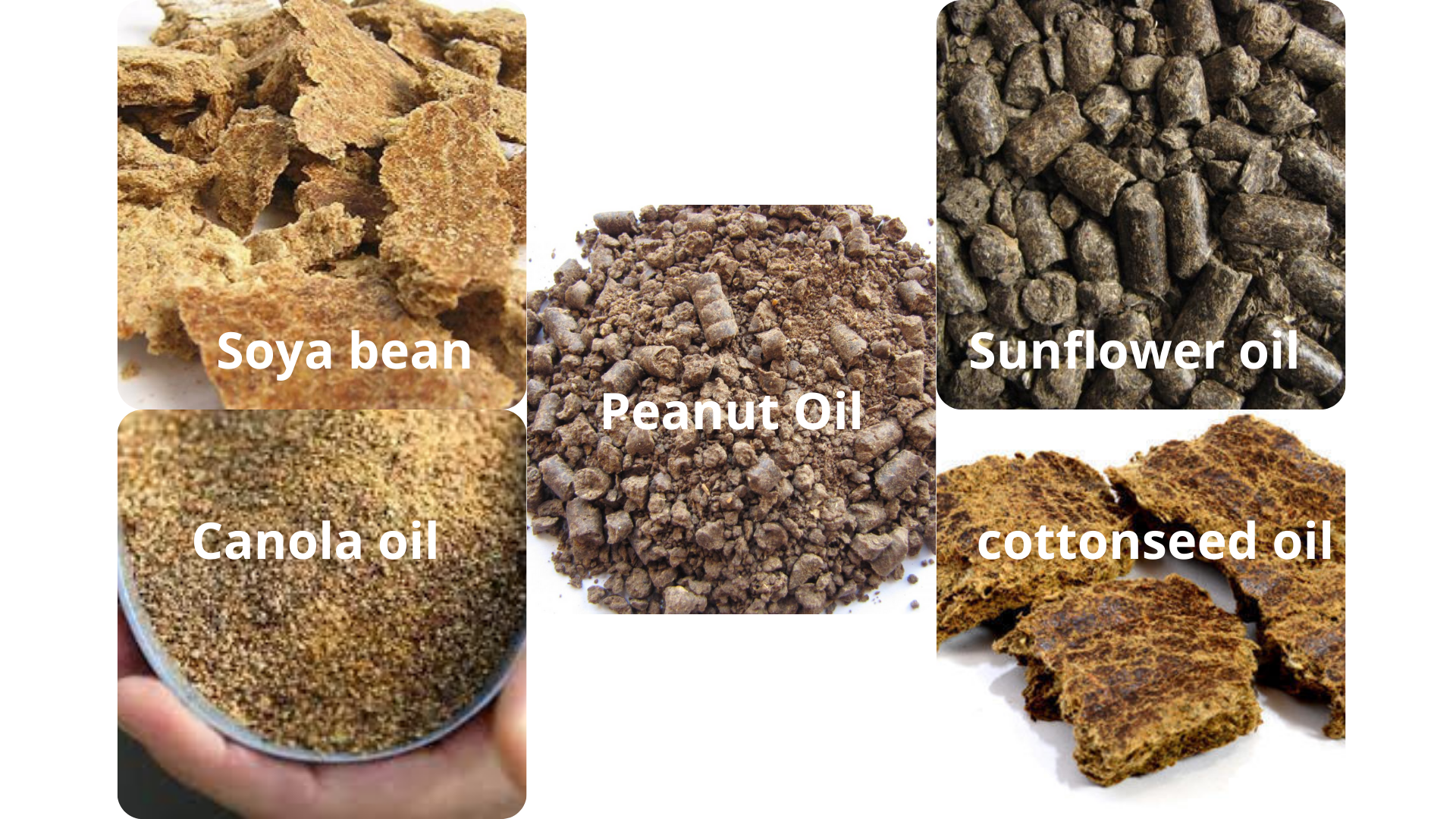
There are also other by-products with protein content higher than 10 % but these have a lower quality protein. These include the by-products of the milling companies such as wheaten bran and pollard.
Non-protein Nitrogen
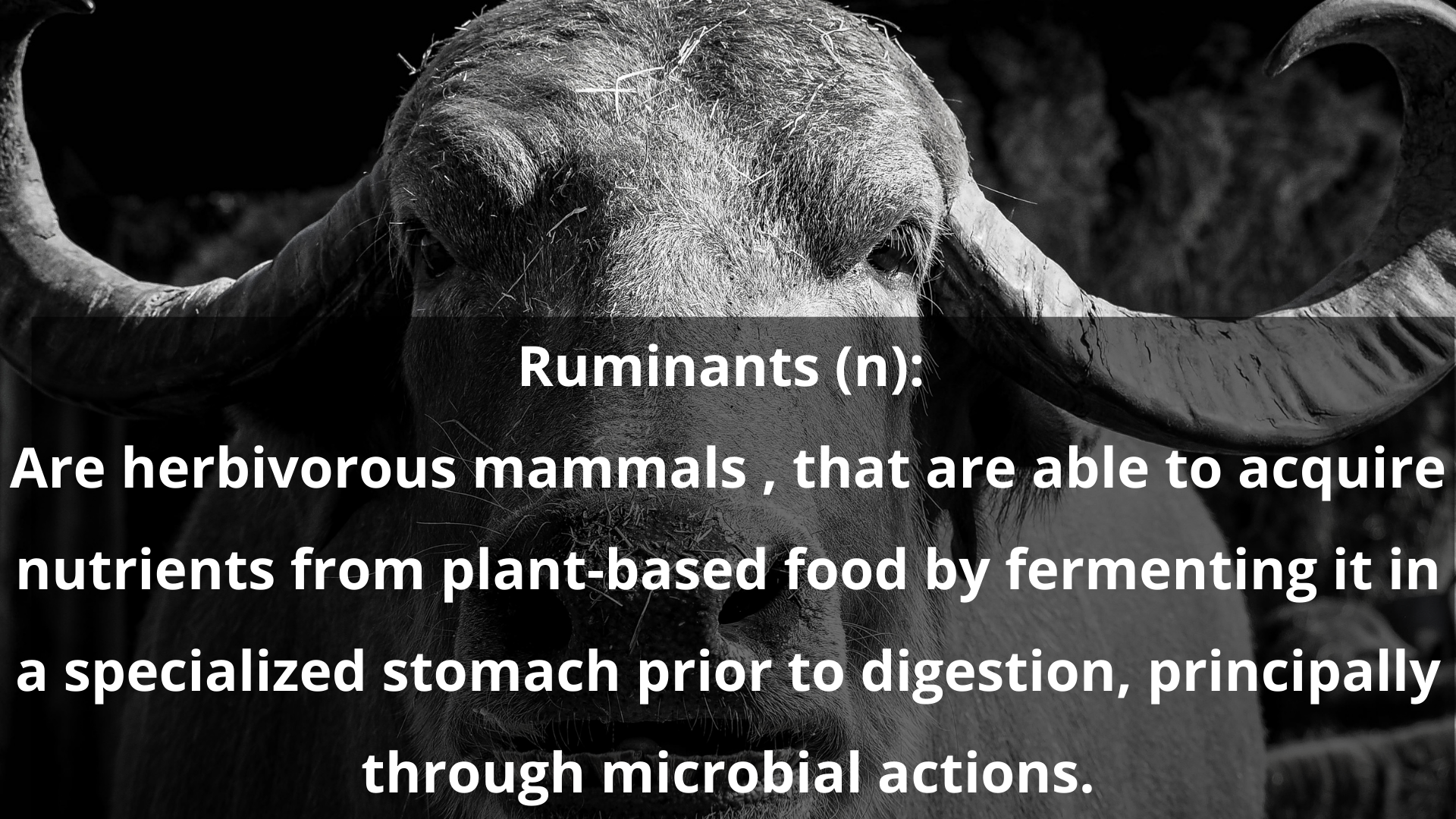
The micro-organisms in the rumen of ruminants have the ability to synthesize amino acids and therefore, proteins out of non-protein nitrogen sources such as urea. Urea supplies the nitrogen needed by the micro-organisms to synthesize amino acids. Only small amounts of urea should be added to a mixed ration since there are limits to the amount of protein that can be replaced by non-protein nitrogen. Also, urea can be poisonous if too much is used in the ration and also if the ration gets wet in rainstorms. The urea in the ration can dissolve very easily in the water and if the animal drinks the water it may die of urea poisoning. Due to the action of the ruminal microbes, ruminants are efficient at utilizing the protein within high-quality roughages such as Lucerne and other legume roughages. Most of their protein requirements can be met through roughage rations.
Alternative Protein Sources
Chicken litter is sometimes used as a protein source for ruminants because of its high urea content. However, this practice is not recommended unless the feed is sterilized, and the ruminant herd has been vaccinated against botulism.
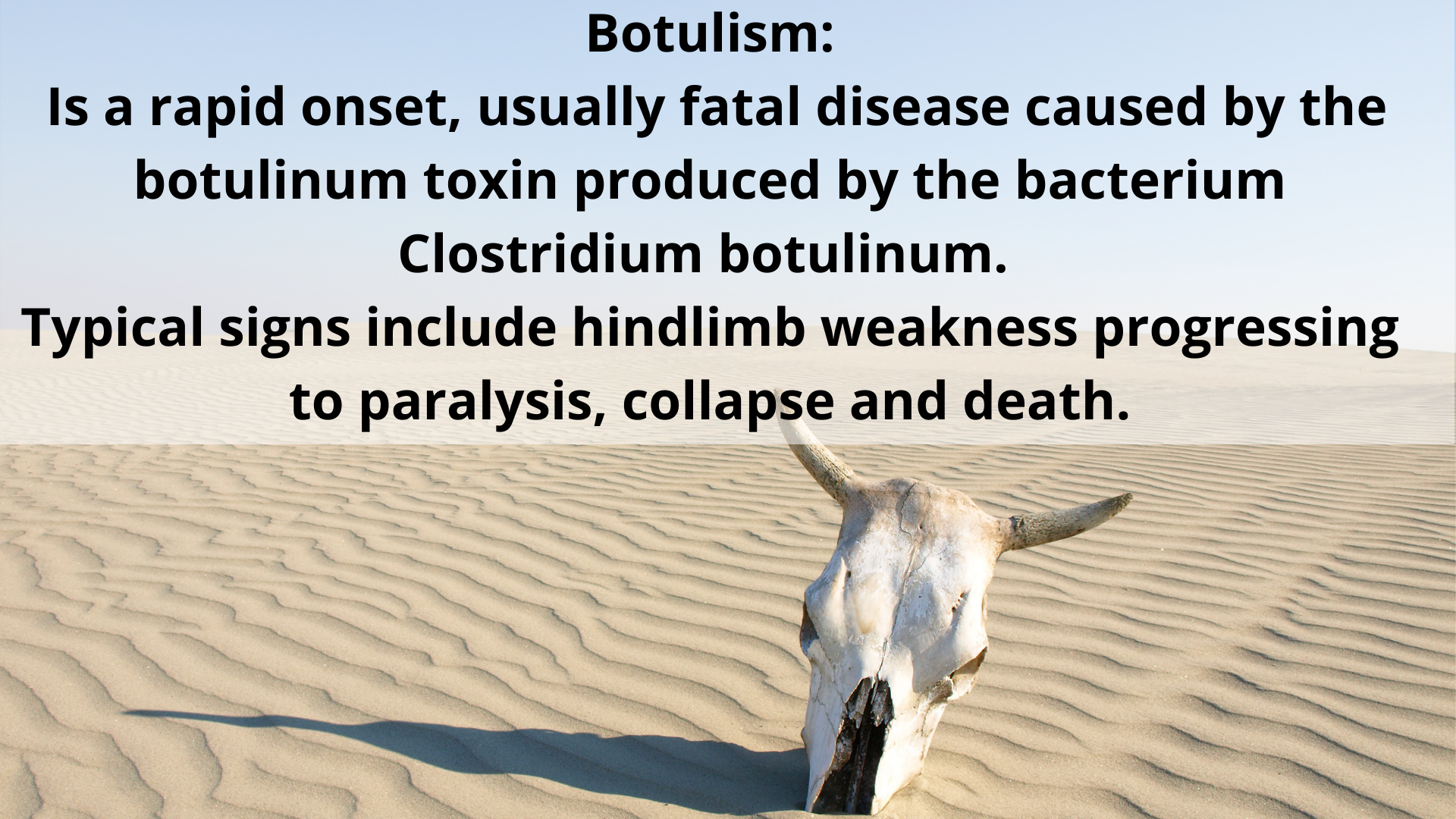
Click here to view a video that explains Ammoniating Low-Quality Forages